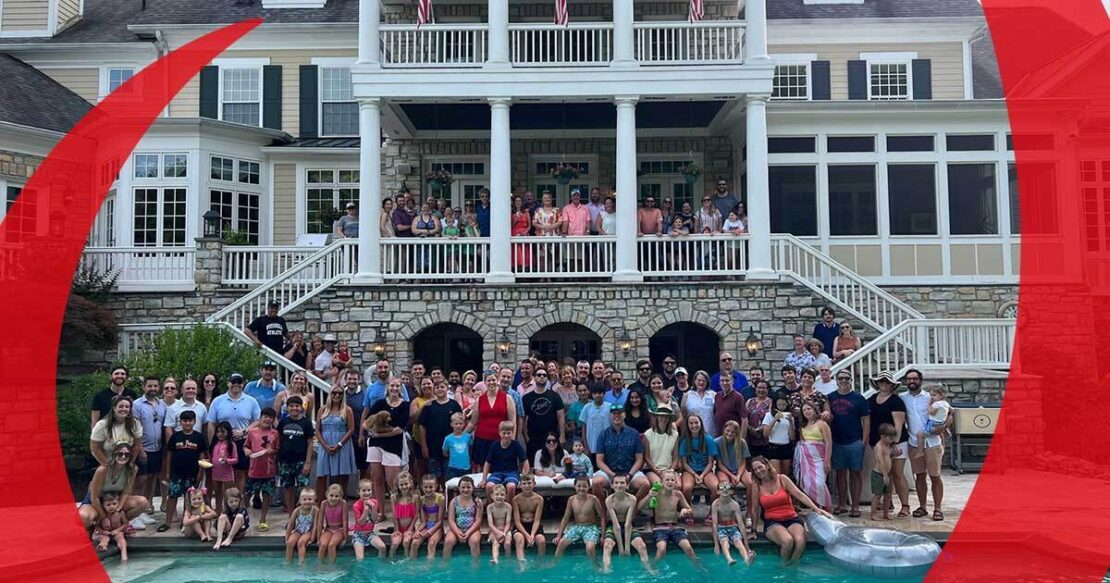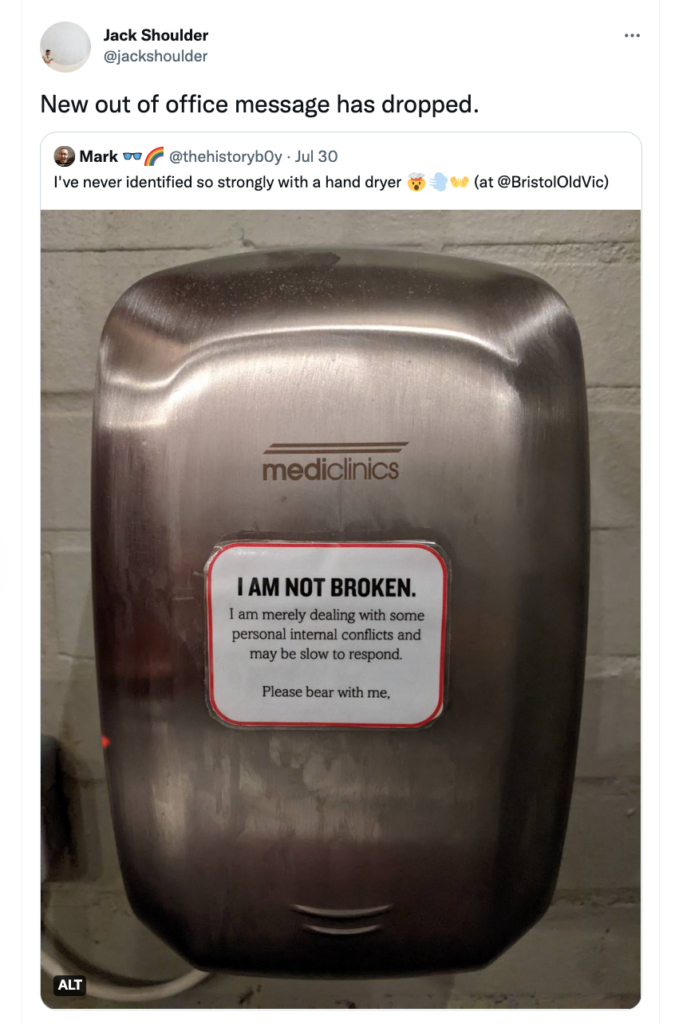
For some time, I’ve been looking for one “source” that curates modern takes on HR Tech, perspectives from the people who build it, and its impact on enterprise — something that’s tailor-made by professionals for decision-makers.
I never found it — so I decided to build it.
Every week, I’ll be sharing fresh insights on tech platforms, design, data, and the future of work — straight to your inbox.
My Take
Hello! I hope you all had a great week and learned a lot from EJ in his edition of Exit Interview.
We had quite the mile marker celebration at SEI during our time away: SEI celebrated its 30th year in business. 🎂 It’s an honor to be part of a company that has remained true to its values after so many years. The world has gone through many ups and downs, but SEI never lost sight of the core values that have made us what we are today. The biggest force behind us has always been — and continues to be — the talented, dedicated, and innovative people who show up every day and bring their best.

To commemorate the celebration, some of our consultants had the opportunity to reflect on what they believe is driving the long-term success of SEI and sit down with Founder Dan Pierce, who shared his thoughts on the company’s journey. I definitely recommend giving it a read here. 📕 ❤️
Tech Innovation
As the continued labor shortage pushes companies to rely on internal talent, many leaders are rethinking and investing in learning and development programs, driving innovation in the L&D HR tech market. Last week, remote professional development software ViableEdu announced a partnership with Fusemachines for the creation of AI-driven training for FinTech professionals. 🤖 Considered the first of its kind, the new training tools will offer workers in a largely niche and unreached market segment to partake in lessons curated for them through artificial intelligence and machine learning. “Financial technology is an evolving discipline and stands to benefit immensely from AI’s myriad capabilities,” ViableEdu Co-Founder Chris White said in a recent interview. “Through our collaboration with Fusemachines, we are looking forward to nurturing the AI skills of financial technology professionals to further innovate in the field.” 🧠
Spotify has announced long-awaited updates to its UX — and yet, they completely misunderstood the assignment. 🤦♂️ After multiple years of complaining and rallying from users about the inconsistencies in the play and shuffle buttons between desktop and mobile, the music streaming service has announced that they’ll be augmenting the existing interface at the request of users — for a price. Spotify users have consistently been vocal about the US incongruities between desktop and mobile apps. On a phone, there is a single button for play and shuffle, whereas the desktop version has two separate buttons. Spotify released the current shuffle+play smartphone button in 2020 with the goal of reducing clicks between a user and their favorite playlist. But the ease of use has been replaced with frustration at having to remember the inconsistencies when streaming Spotify on a computer. In the most recent announcement, Spotify has confirmed that they will again be splitting up the play features, but with a twist: two buttons will come at the low, low cost of a Spotify Premium subscription. It’s not exactly what the people wanted, and it’s unusual for companies to go from changing a poorly-designed element to classifying it as a paid feature — especially when other streaming services offer it for free. 👀 Learn more about the contentious update here.
The Changing Workplace
It’s August already, and many employees are squeezing in one last summer getaway 🏖️ before the leaves begin to change. That means for every one email I send to the team, anywhere between two and ten out-of-office messages come right back to my inbox — this has given me a lot of opportunities to study the different types of OOO messages people send. In fact, vacation auto-replies are currently trending, with “young corporate” influencers like Laura Whaley showcasing some of the best auto-reply emails making the rounds on social platforms. For younger generations, a good OOO email serves two purposes. Replacing a bland and stuffy Thank you for your email, I am out of the office and will have limited access to my computer… with something more authentic and lighthearted is low-hanging, low-stakes fruit in the work culture revolution. And drafting a more personal email seems to subtly remind coworkers and clients that you are human and have a right to take time away from work. 🤝 For far too long, there’s been an expectation to be available “just in case” while off the clock, so much so that more than half of employees don’t feel that they could fully disconnect from work even if they tried. Everything about this topic is exciting, and I highly suggest you take a look through the examples I’ve linked and take notes for your next OOO message.

What’s one thing younger workers aren’t excelling at, though? Lunch. 🥪 48% of workers over the age of 55 reported in a recent study that they step away from their desks and disconnect from work on their lunch break every day, compared to only 26% of millennials and 10% of Gen Z.
The top reasons cited for the split included the costs of ordering take-out — by far the most popular meal option for younger workers — and poor examples set by executive leadership, half of whom admitted to eating at their desk at least three times a week. Lunch is important for not just refueling for the second half of the workday but also for reinforcing work-life balance. Plus, it may be the unexpected key to bringing employees back to the office. Read the full study here.

